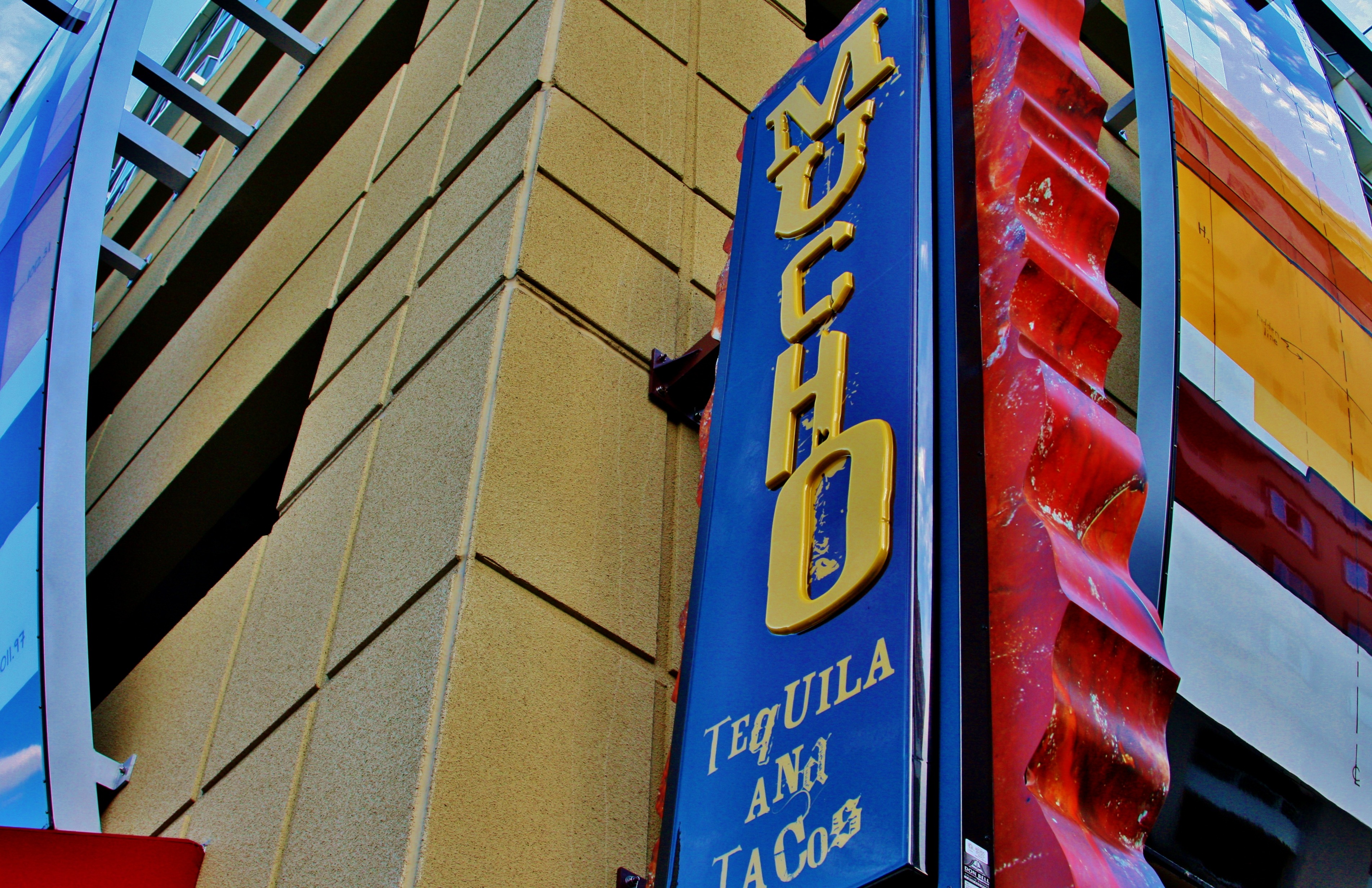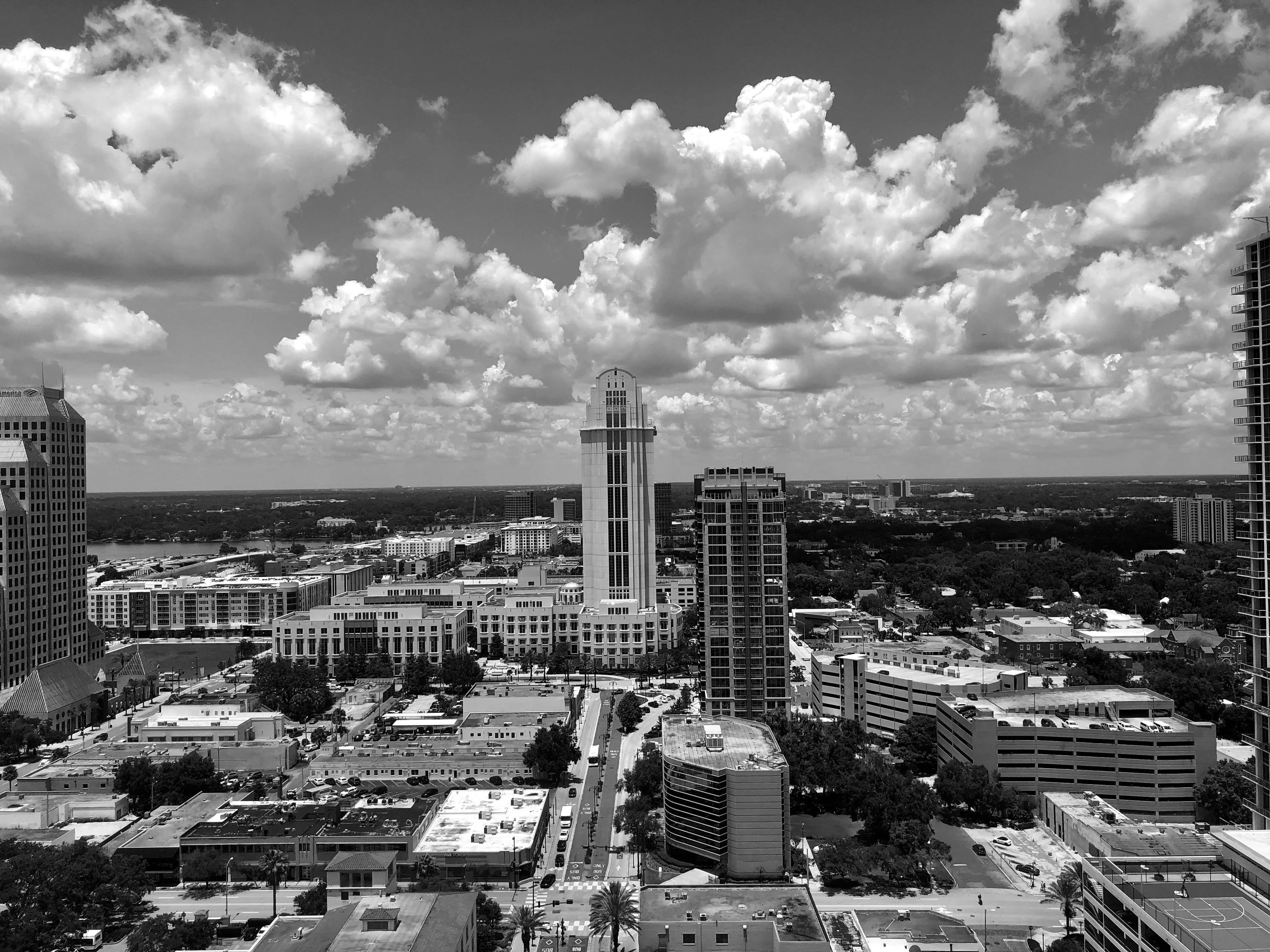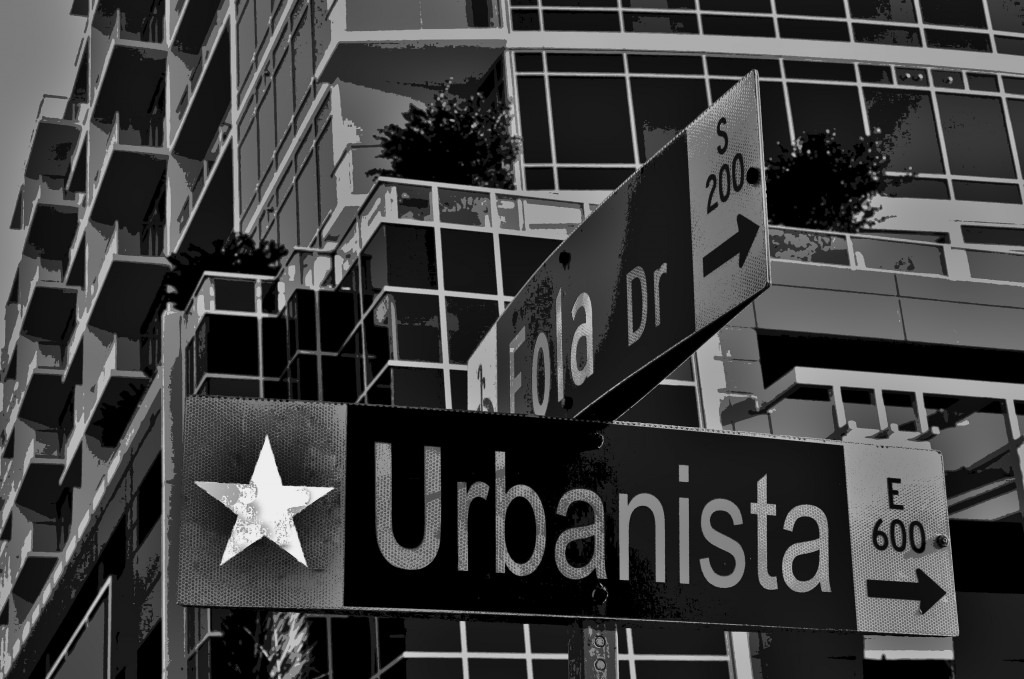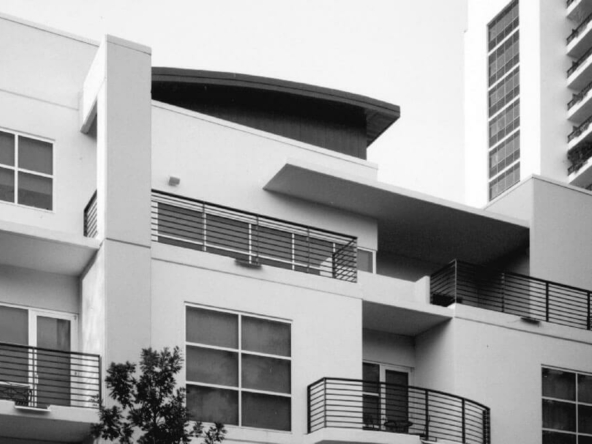Downtown Orlando is about to get hundreds of new residents, a performing-arts center and two commuter-rail stops — but a new group of business leaders wants more.
Orlando 2.0, as it’s being called, includes a small group of relatively young entrepreneurs and professionals. Their goal: Transform downtown from an after-dark scene for partiers, parking tickets and panhandlers into a place for shopping, dining, higher education and entertainment.
Commercial real-estate broker Billy Bishop, part of the 2.0 group, said he would like to see downtown become attractive to business clients, tourists and others who now go elsewhere for entertainment.
“It would be very hard for my wife and me to get together and say: ‘Hey, let’s go downtown,”’ Bishop said.
Members point to the downtown areas of Asheville, N.C.; San Antonio, Texas; Charleston, S.C.; Denver; and Austin, Texas, as examples that draw people who live outside them. Some planners cite Winter Park’s Park Avenue as a local example of that dynamic.
One of the first things the self-funded group hopes to do is work with the city and request urban designers to submit plans and concepts for what downtown could evolve into. Members said that, among other things, they would like to see some type of higher-education presence to add students to the downtown mix. They hired Russ Abrams, a former assistant to Gov. Rick Scott, as executive director.
“We’re not trying to envision Orlando as a New York City. We’re trying to think of what Orlando could become,” said Orlando attorney Jonathan Kilman, former editor of the Harvard Law Review and 2.0 member. “Cities that have a pedestrian-friendly urban core are going to be the ones we would like to articulate as a vision for the future.”
Orlando officials say they share the new group’s goals. Mayor Buddy Dyer’s decade-long administration has checked off many of its big-ticket goals downtown: building the Amway Center; the under-construction Dr. Phillips Center for the Performing Arts; attracting more residential and office development; and landing a movie theater.
But those accomplishments were politically messy and costly, with direct city funding for the venues and numerous financial-incentive packages. Getting retail downtown has been even more challenging: The city’s 2-year-old Retail Incentive Program hasn’t given out a dime.
“It’s a good, vibrant environment,” said Thomas Chatmon, executive director of Orlando’s Downtown Development Board. “However, the demographic that’s most represented is a thin demographic, 18-25 years old. We are very interested in broadening the appeal of downtown to a wider demographic.”
Chatmon said more shopping and dining options will come with the completion of several apartment projects.
“You can’t incentivize retail to be successful,” Chatmon said. “There’s a saying that retail follows rooftops. The more people you have living in an area, the more successful retail you’re going to have.”
Orlando 2.0 is one of a long line of downtown-revitalization groups that organized in hopes of restoring the urban core to the glory days when Church Street Station drew an estimated 2.5 million visitors during the late 1980s — before Universal CityWalk and Downtown Disney came along.
Today, tourists in downtown are such an anomaly that they are easily spotted as they crane their necks looking lost and searching for something to do, said FBC Mortgage President Rob Nunziata, who helped organize Orlando 2.0.
Downtown developer Craig Ustler has been somewhat of a retail skeptic and the founder of the now-dormant Downtown Orlando Foundation, which organized events such as the O-Ball from about 2004 until 2008.
The 2.0 group, Ustler said, differs from some of its predecessors because it’s focused on making downtown more engaging instead of marketing a particular part of downtown in hopes of generating more revenue for merchants. And the group seems to have more independent-thinking members who are generally younger than downtown leaders, he added.
Members of the 2.0 group measure cities by what they call the Anthony Bourdain Test: Would the food celebrity feature the location on his Travel Channel show “The Layover,” which highlights must-eat cuisines in cities with specific cultures?
Ustler said it’s not that Orlando doesn’t have interesting dining options and cool spots. He cited Redlight Redlight Pub on Corrine Avenue, the Enzian Theater in Maitland and Urban Rethink Café on Central Avenue as examples of fun places to visit. The problem, he said, is that they are scattered about and not in walking distance of one another.
“The single biggest obstacle is that all the factors contributing to the downtown experience after dark do not lead to a quality experience — the lack of dining and parking,” Ustler said. “We don’t do a good enough job of entertaining downtown.”




